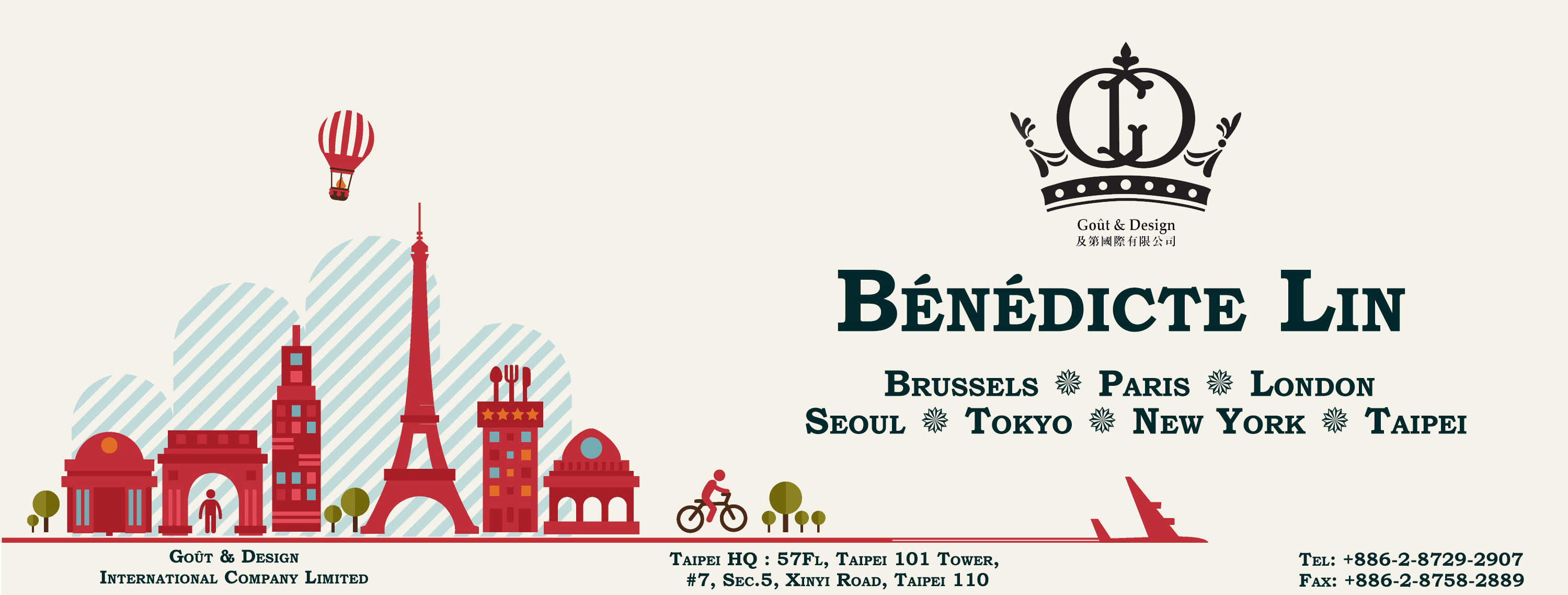On the 14th of July, France joyously commemorates its National Day, also known as Bastille Day, marking the anniversary of the French Revolution. While this historic event brought about political and societal changes, it also played a significant role in shaping the fashion industry as we know it today. From the extravagant courtly attire of the monarchy to the revolutionary styles that emerged, France’s fashion landscape has undergone a remarkable transformation. Join us as we explore the evolution of French fashion since the revolution and celebrate the nation’s influential contributions to the world of style.

The Reign of Extravagance :
Before the French Revolution, France was synonymous with opulent fashion and luxury. The French monarchy, led by Marie Antoinette and Louis XVI, set the trend with elaborate garments and accessories that showcased wealth and social status. The grandeur of the courtly attire often overshadowed practicality and comfort, leaving the majority of French society longing for change.

Winds of Change :
The French Revolution brought a windswept gust of change, sweeping away the lavish excesses of the monarchy. As the revolutionaries championed equality, fashion followed suit. The simplicity and elegance of neoclassical styles emerged, inspired by ancient Greece and Rome. These styles reflected the ideals of the revolution, favoring loose-fitting garments made from lightweight fabrics. Fashion became a statement of solidarity, symbolizing the shift towards a more egalitarian society.

Birth of Haute Couture :
The early 19th century witnessed the birth of haute couture in France, marking a turning point in the fashion industry. Designers such as Charles Frederick Worth and Paul Poiret gained prominence, introducing innovative concepts that revolutionized fashion forever. Worth, known as the father of haute couture, pioneered the idea of a fashion house with exclusive designs made-to-order for wealthy clients. The meticulous craftsmanship and attention to detail became the hallmark of French fashion.

The Golden Era of the Belle Époque :
The Belle Époque era, spanning from the late 19th century to the early 20th century, was a golden age for French fashion. Paris became the epicenter of style, attracting artists, writers, and designers from around the world. This period witnessed the rise of iconic fashion houses like Chanel, Dior, and Lanvin, whose innovative designs continue to influence fashion today. The introduction of the little black dress, tailored suits, and luxurious fabrics defined this era of elegance and sophistication.

French Fashion Today :
France’s influence on the fashion industry remains as powerful as ever. Paris Fashion Week, one of the most prestigious events in the fashion calendar, showcases the creations of renowned designers, emerging talent, and avant-garde visionaries. French designers continue to set trends, combining traditional craftsmanship with modern aesthetics. The French approach to fashion embraces quality, creativity, and individuality, with an emphasis on timeless elegance.

As we celebrate the 14th of July, the National Day of France, it is essential to recognize the country’s rich history and its profound impact on the world of fashion. From the extravagance of the monarchy to the revolutionary spirit of the French Revolution, France’s fashion industry has evolved, adapting to societal changes and inspiring generations of designers. Today, France continues to be a global leader in haute couture and ready-to-wear fashion, captivating the world with its timeless elegance and unmatched creativity.

